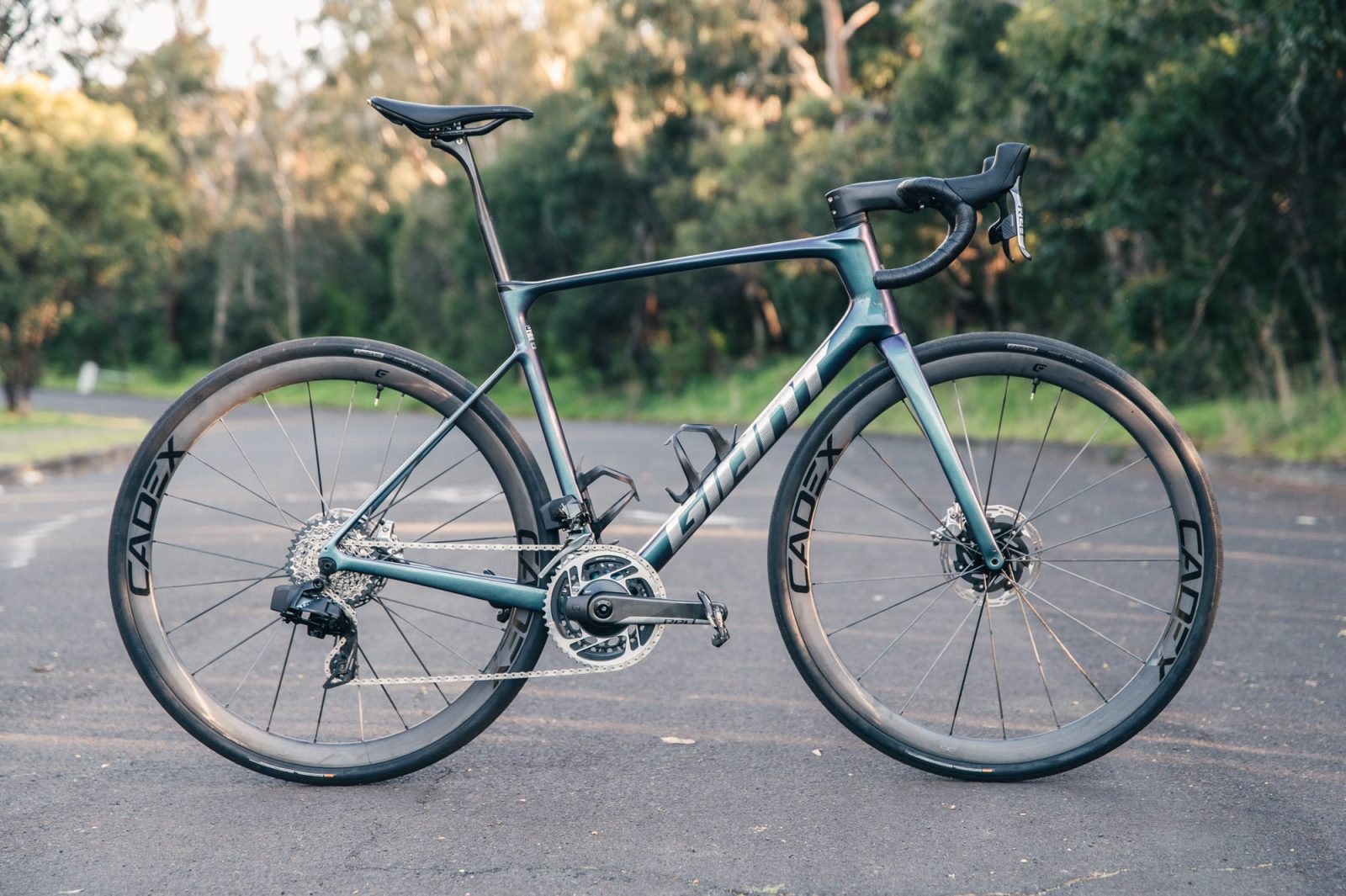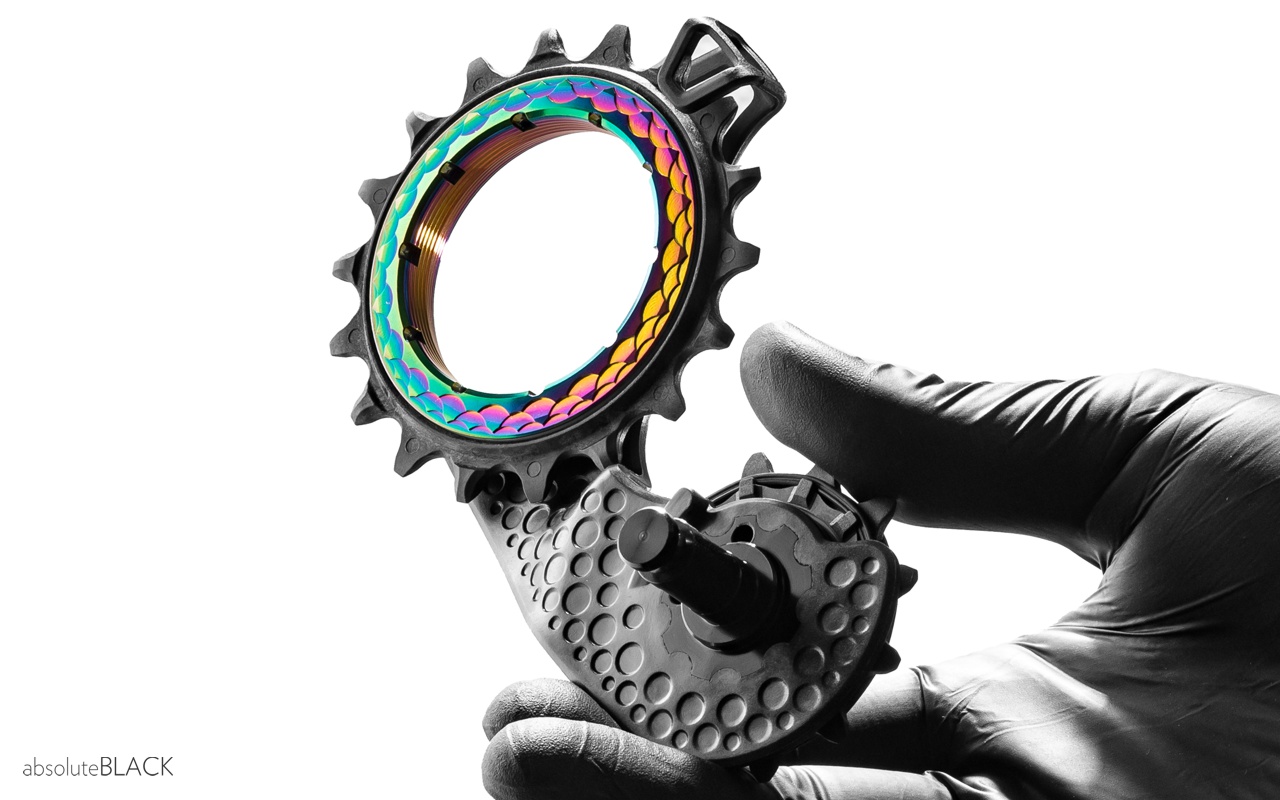Over the same distance, will you use more energy in total if you ride faster? The contest between tortoise and hare has traditionally been told without the inclusion of their physiological data, but that’s about to change…
Supposing a cyclist was to measure the number of calories they burned over a 100km ride – would he or she use more energy by riding hard and fast or taking it slow and steady? Riding hard obviously requires more power (i.e., energy per unit time) but the ride will be over sooner so you’ll be burning calories for less time. After quibbling the quandary in the Cyclist office, we decided to put the question to some experts.
‘The question you’ve asked isn’t nearly as simple as it sounds,’ says Professor Stephen Cheung, a kinesiology researcher at Brock University in Canada. ‘From a simple physics analysis, the mechanical work performed to move a set mass a set distance remains largely constant.’ But, of course, it’s not quite as straightforward as that when it comes to the working of the human body on a bicycle.
The source of power
‘Let’s say you need 100 watts of power [1 watt = 1 joule of energy per second] to maintain 20km/h,’ continues Cheung. ‘The 100km distance would take you five hours, so the total energy required would be 1,800kJ [100 x 18,000 seconds].’
At 20km/h, it’s safe to say that most cyclists will not be working at their limit of endurance, and will be relying predominantly on aerobic metabolism for fuel. But it’s well understood that as we increase the intensity of exercise, the human body begins to use different energy systems, which affects its total energy usage over the 100km ride in a non-linear fashion.
Dr Simon Marwood, an exercise physiologist at Liverpool Hope University, explains that the rate at which your body uses oxygen during exercise is a good indicator of the energy it’s expending. ‘Up until your body’s lactate threshold, you’re looking at an uptake of roughly 10ml of oxygen per watt,’ he says.
‘So 100W requires 1 litre of oxygen per minute and 200W requires 2 litres of oxygen per minute. Basically it’s linear, and oxygen intake reflects energy expenditure.’
By which he means that the calories you use will rise proportionally to your power output – up until the point where your body switches from an aerobic (using oxygen to metabolise fuel) system to an anaerobic one (without oxygen).
This suggests that, from a physiological point of view, when you stay in your aerobic zones (slow and steady), any rise in work rate will result in proportional increases in calorific expenditure, but that relationship changes once the lactate threshold is crossed.
Into the redzone
‘Once beyond lactate threshold,’ says Marwood, ‘your efficiency drops and you need more oxygen per watt. For example, where 200W only required 2 litres oxygen per minute, 300W might require 3.3 litres oxygen per minute. So riding 100km hard would expend more energy than 100km easy, because more of the ride would be over lactate threshold, where you’re less efficient.’
This inefficiency stems from there being insufficient amounts of oxygen to match the exercise intensity, which causes energy-producing chemical reactions in the muscles to be far less yielding. Glycogen (carb) stores begin to diminish rapidly and lactic acid begins to build up. In essence, the calorific expenditure graph steepens, as anaerobic exercise requires more calories than aerobic.
Of course you wouldn’t ride the whole 100km above your lactate threshold but, as Marwood says, ‘If you spend some portion of the ride in anaerobic zones, then you’re reducing efficiency, and therefore to produce the same amount of power you would be using more energy [and calories].’
That sounds like a conclusion, but hang on, there’s one more aspect to be accounted for, and that’s wind resistance.
Adding drag
‘There’s a big “but” here,’ says Professor Cheung, ‘air resistance and drag.’ Referring to his initial calculations, he adds, ‘To go 40km/h [as opposed to 20km/h], there is four times as much energy required due to an exponential rise in air resistance, so the total energy consumed would be 3,600kJ [for 100km at 40km/h]. So you’d expend a lot more energy riding the 100km fast, even though the time required is less.’
Despite halving the ride time, the increase in speed (and consequently effort) means that energy expenditure for 100km at 40km/h is twice that of 20km/h. It’s a conclusion that is echoed by Peter Hespel, professor in kinesiology and rehabilitation sciences at the University of Leuven in Belgium, and in-house expert at the Bakala Academy, which was founded last year by Omega Pharma-Quickstep owner Zdenek Bakala as a cycling research and development centre. As you can imagine from someone whose go-to reference point is time-trial world champion Tony Martin, the influence of aerodynamics is a decisive one in Professor Hespel’s opinion.
‘If you’re riding at 20km/h, aerodynamics plays almost no role,’ he says, ‘but then if you are riding at 40km/h, you will have to increase effort by more comparatively because of the exponential increase of the aerodynamic resistance. The calories spent will depend on the power output, and the higher the speed, the bigger increase in power output needed. That’s why riders work hard to get into a more aerodynamic position.’
Winning formula
For once, biologists and physicists are cordially in tune, and there is little doubt that riding 100km hard and fast will use up more calories than going slow and steady, thanks to the inefficiencies of your body during high intensity exercise, and the exponentially increasing wind resistance at higher speeds. For us it means only one thing: the harder you ride, the bigger the slice of cake you can eat at the end.


